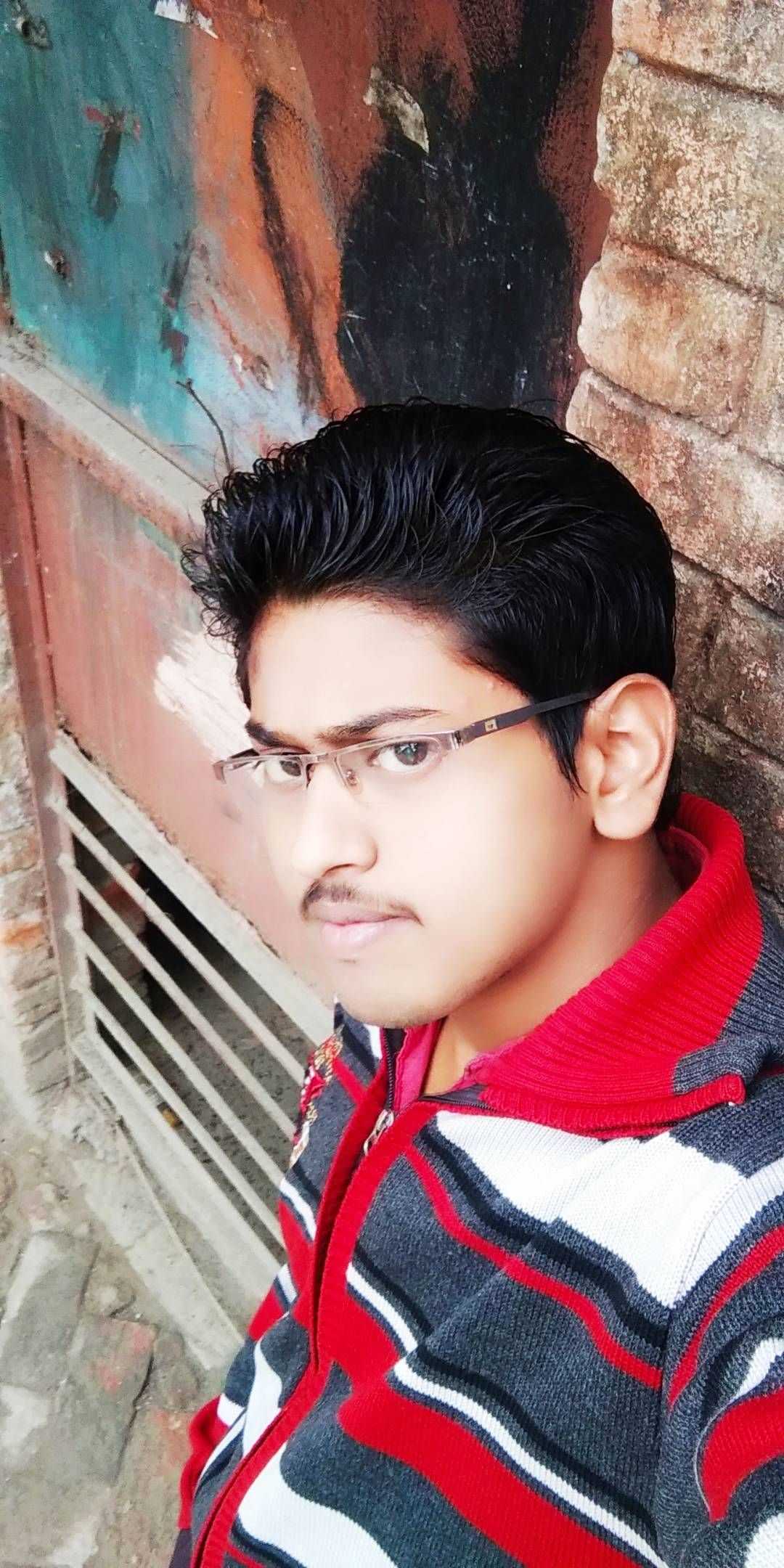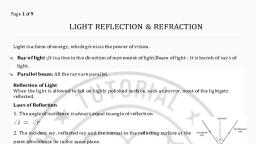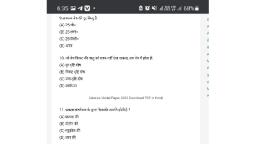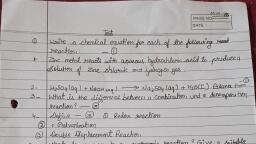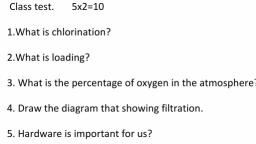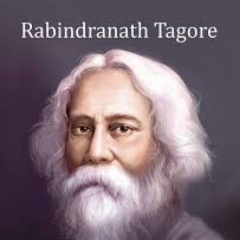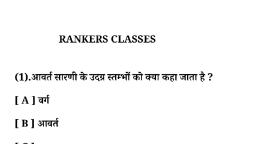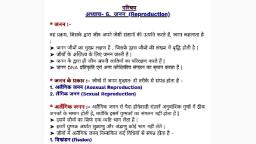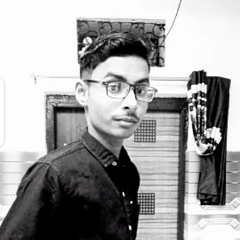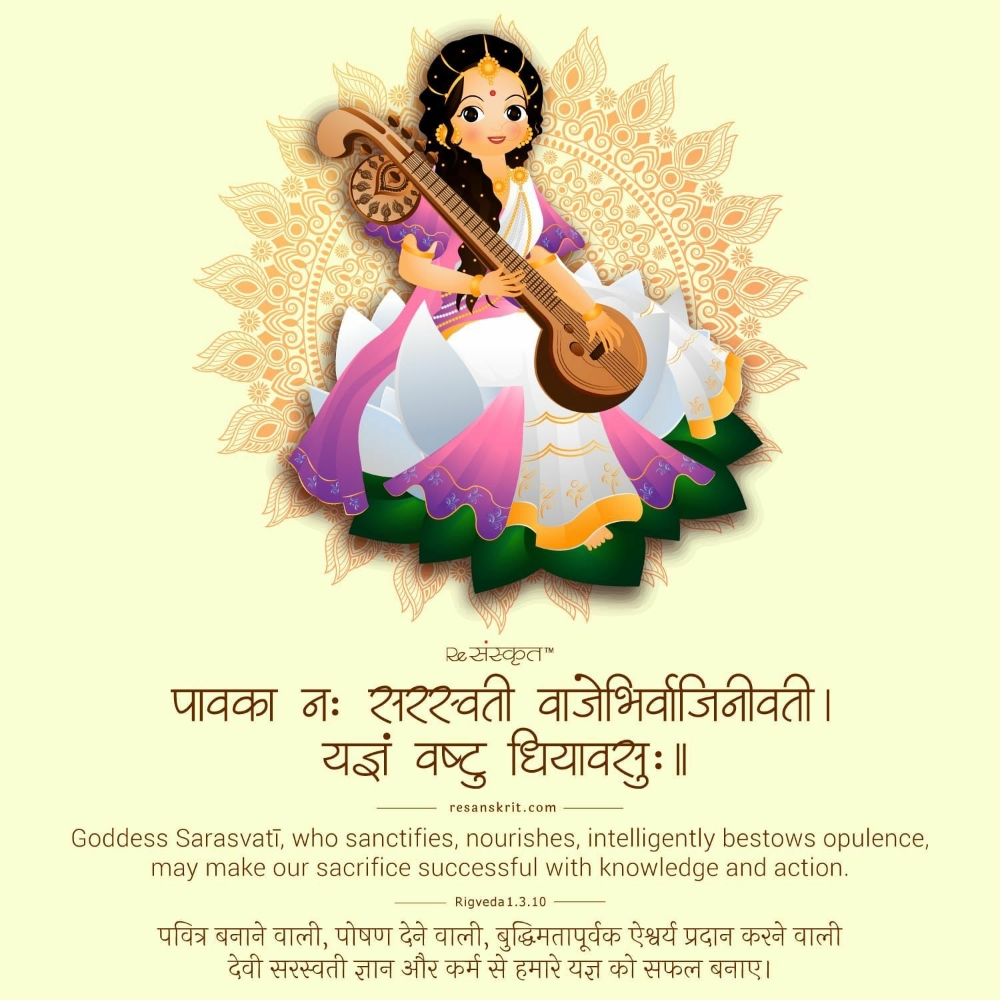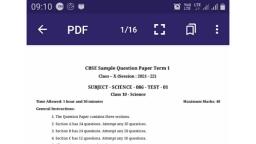Question 3 :
A man is unable to see closer than 1 m clearly.The power of lenses of his spectacles should be to see nearby object.
Question 5 :
Fill in the blank. A _____ is a piece of transparent glass bounded by two spherical surfaces. 
Question 6 :
A straight line passing through the two centres of curvature of lens is called
Question 7 :
The mirror used in automobiles to see the rear field of view is
Question 8 :
When light is refracted from a surface, which of its following physical parameters does not change?
Question 9 :
When the face is very close to the spoon the image formed by the outside bulged part?
Question 10 :
An object is placed somewhere in front of concave mirror. The focal length of the mirror is $10.0 cm$. The image for this object CANNOT be formed in which of the following locations?
Question 11 :
Two thin lenses have combined power of $10\ D$. When separated by $20\ cm$ their equivalent power is $6.25\ D$. Their individual powers in $D$ are
Question 12 :
Power of a lens is -40 , its focal length is
Question 13 :
In optical instruments, the lenses are used to form image by the phenomenon of
Question 14 :
An object placed at a distance of <b>16 cm</b> from first principal focus of convex lens, produces a real image at a distance of <b>36 cm </b>from its second principal focus. Then the focal length of the lens is :
Question 16 :
Two convex lenses of focal lengths $f_{1}$ and $f_{2}$ form images with magnification $m_{1}$ and $m_{2}$, when used individually for an object kept at the same distance from the lenses. Then $f_{1}/f_{2}$ is:
Question 18 :
If the refractive index of water and glass with respect to air are, respectively, $\displaystyle \frac {4}{3}$ and$\displaystyle \frac {3}{2}$then what will be the refractive index of glasswith respect to water?
Question 19 :
Two power of a converging lens is 4 D and that of a diverging lens is 2.5D.The power of this combination of lenses placed closed together is:
Question 20 :
The image formed by objective lens of compound telescope will be:
Question 21 :
When light ray bends away from normal then which angle is larger?<br>
Question 22 :
A vertical ray of light strikes the horizontal surfaceof water.What is the angle of refraction?
Question 23 :
You are given water, mustard oil, glycerine and kerosene. In whichof these media a ray of light incident obliquely at same angle wouldbend the most ?<br>
Question 24 :
A biconvex lens of focal length f forms a circular image of radius r of sun in focal plane. Then which option is correct?<br/>
Question 25 :
Two lenses have powers +D and -2D respectively. The power of combination is:
Question 26 :
A plate of thickness t made of a material of refractive index $\mu$ is placed in front of one of the slits in a double slit experiment. What should be the minimum thickness t which will make the intensity at the center of the fringe pattern zero?
Question 28 :
An object $15 cm$ high is placed $10 cm$ from the optical center of a thin lens. Its image is formed $25 cm$ from the optical center on the same side of the lens as the object. The height of the image is:<br>
Question 29 :
When a light ray moves from air to a transparent medium the angle of incidence and the angle of refraction are $45^{\circ}$ and $30^{\circ}$ respectively. Find the refractive index of this medium is
Question 31 :
A light ray travels at some angle (not head on) from water in a rectangular aquarium, through the glass side, and out into the air. The indices of refraction for water, glass, and air are $1.33$, about $1.6$, and $1.0$, respectively.<br>Rank the materials according to the angles made by the light ray with the normal in each, greatest first
Question 32 :
A lens which has focal length of $4\ cm$ and refractive index of $1.4$ is immersed in a liquid of refractive index $1.6$, then the focal length will be
Question 33 :
A convex lens of focal length $84\ cm$ is in contact with a concave lens of focal length $12\ cm$. The power of combination (in diopters) is
Question 34 :
The expression for the magnification of a spherical mirror in the terms of focal length (f) and the distance of the object from mirror (u) is
Question 35 :
An object is placed on the principal axis of a concave mirror at a distance of 60 cm. If thefocal length of the concave mirror is 40 cm then determine the magnification of the obtainedimage.
Question 36 :
An object of length $4 \ cm$ is placed in front of a concave mirror at a distance of $30 \ cm$. The focal length of mirror is $15\ cm$. What will be the length of image?
Question 37 :
If the angle of incidence is i and that of refraction is r. Then the speed of light in the medium to which the light is reflected from air is?
Question 38 :
What would you use to obtain a real and inverted image for any position of an object ?
Question 39 :
<p>One face of a rectangular glass plate$6{\text{ }}cm$ thick is silvered. An object held$8{\text{ }}cm$ in front of the fist face, forms an image$12{\text{ }}cm$ behind the silvered face. The refractive index of the glass is:</p>
Question 40 :
A lens forms a diminished and erect image of an object. The magnification is $\frac {1}{4}$. Find ratio of distance between object and focus and focus and image<br>
Question 41 :
A $4.0$-cm-high object is placed at a distance of $60$ cm from a concave lens of focal length $20$ cm. Find the size of the image.
Question 42 :
A object is placed at 30 cm on the principle axis of the convex lens from the lens and an image is formed 60 cm from the lens. If focal length of the lens is 20 cm then calculate the magnification.
Question 43 :
Calculate the focal length of a convex lens of power 2D.<br/>
Question 44 :
A concave mirror produces $2$ times magnified real image of an object placed at $5 cm$ in front of it. Where is image located?
Question 45 :
Assertion: Magnification of a convex mirror is always positive, but that of a concave mirror may be both positive or negative.
Reason: It depends on the sign convention chosen.
Question 46 :
A convex lens has focal length $30$cm. If an object is placed at a distance of $15$cm from it then the magnification produced by the lens is?
Question 48 :
A glass slab is placed in the path of a beam of convergent light; the point of convergence of light
Question 49 :
Light ray that strikes surface of a glass slab normally. Will it deviate from its path? Yes or No<br/>
Question 50 :
A beam of light passes through a sheet of plastic and out into the air. The beam makes ${\theta}_{1}$ angles with the normal as it passes through the plastic and the angle the beam of light makes with the normal as it passes into the air is ${\theta}_{2}$. The refractive index for air is $1$ and The refractive index for plastic is $2$.<br/>Calculate the value of $\sin{{\theta}_{2}}$, in terms of ${\theta}_{1}$?
Question 51 :
If two $+5D$ lenses are mounted at some distance apart, the equivalent power will always be negative if the distance is
Question 52 :
The angle between reflected and refracted beams is $90^0$in the water air interface. The angle of incidence in water is
Question 53 :
In an optical instrument a convex lens of focal length 20 cm is used and kept in contact with a concave lens of focal length 40 cm, What is the power of this combination?
Question 54 :
Assertion: Thinner lenses have smaller power.
Reason: Power is directly proportional to the focal length
Question 55 :
If linear magnification for a spherical mirror is $\dfrac{3}{2}$, then we may write: (symbols have their usual meanings) 
Question 56 :
A man can see distinctly from a distance of $0.5$ metre. If he wants to read a book placed at a distance of $25 \,cm$, then what should be the power of lens ?
Question 57 :
A fish is looking at a $1.0m$ high plant of the edge of the pond. Will the plant appear shorter or taller than its actual height, to the fish
Question 58 :
Air has refractive index $1.0003$. Find the thickness of air column which will contain one more wavelength of yellow light of $6000$ $A^0$ than in same thickness of vacuum.
Question 59 :
Image of an object at infinity is formed by a convex lens of focal length $30 \ cm$ such that the size of the image is $2 \ cm$. If a concave lens of focal length $20\  cm$ is placed in between the convex lens and the image, at a distance $26\  cm$ from the convex lens, size of the new image is:
Question 60 :
The angle between the incident ray and the normal is called ________.<br>
Question 61 :
The reflecting surface is given by $y = \dfrac{10L}{\pi} \sin \dfrac{\pi x}{5L}$. The co-ordinates of the point where a horizontal ray becomes vertical after reflection is:
Question 62 :
The focal length of a thin biconvex lens is 20 cm. when an object is moved from a distance of 25 cm in front of it to 50 cm, the magnification of its image changes from $m_{25}$ to $m_{50}$. The ratio of $m_{25}$ to $m_{50}$ is :
Question 63 :
The distance between an object and its doubly magnified image by a concave mirror is: [ Assume $f$ = focal length]
Question 64 :
An object is placed at $30$ cm distance from a concave mirror of focal length $20$ cm, then nature, magnification of the image will be:
Question 65 :
Aconvex lens of radii of curvature 20 cm and 30 cm respectively. It is silveredat the surface which has smaller radius of curvature. Then it will behave as $(\mu_g\, = \, 1.5)$
Question 66 :
A concave shaving mirror has a radius of curvature of 35.0 cm. It is positioned so that the (upright) image of a mans face is 2.50 times the size of the face. How far is the mirror from the face?
Question 67 :
The glancing angle of incidence is $10^{\circ}$. What will be the glancing angle of reflection?
Question 68 :
A $4.5 cm$ needle is placed $12 cm$ away from a convex mirror of focal length $15 cm$. Find the location of the image and the magnification.
Question 69 :
An image of a bright square is obtained on a screen with the aid of a convergent lens. The distance between the square and the lens is $40\ cm$. The area of the image is nine times larger than that of the square. Select the correct statement(s).
Question 70 :
A ray of light going towards the centre of curvature of a convex mirror ............
Question 71 :
What happens when a ray of light is made to fall on a mirror along the normal?<br/>
Question 72 :
In vacuum, to travel distance 'd', light takes time 't' and in medium to travel distance $'5d'$, it takes time 'T'. The critical angle of the medium is.<br>
Question 73 :
The diameter of the reflecting surface of spherical mirror is called ..............
Question 74 :
A short linear object of length $b$ lies along the axis of a concave mirror of focal length $f$ at a distance $u$ from the pole of the mirror. The size of the image is approximately equal to:<br/>
Question 75 :
The image obtained while finding the focal length of convex lens is...................
Question 76 :
A flim projector magnifies a flim of area $100 $ square centimeter on screen. If linear magnification is $4$ then area of magnified image on screen will be-
Question 77 :
When a light of wavelength $4000$ $\displaystyle \overset { \circ  }{ A } $ in vacuum travels through the same thickness in diamond and water separately, the difference in the number of waves is $200$. Find the thickness, if refractive indices of diamond and water are $\displaystyle \frac { 5 }{ 2 } $ and $\displaystyle \frac { 4 }{ 3 } $ respectively.
Question 78 :
In the table below, column I lists various mirrors  and lenses and column II their uses, qualities or properties.<br/><table class="wysiwyg-table"><tbody><tr><td>column  I</td><td>Column II</td></tr><tr><td>I. Plane mirror</td><td>A. Feels thinner in the middle.</td></tr><tr><td>II. Concave mirror</td><td>B. Always forms virtual image.</td></tr><tr><td>III. Convex mirror</td><td>C. Always forms virtual image of smaller size.</td></tr><tr><td>IV. Concave lens </td><td>D. Is used by dentists to examine teeth.</td></tr><tr><td>V. Convex lens</td><td>E. Can be used as reading glass.<br/></td></tr></tbody></table>The correct matching is:
Question 79 :
The final image in an astronomical telescope is _______ the original object . Fill in the gap.<br/>
